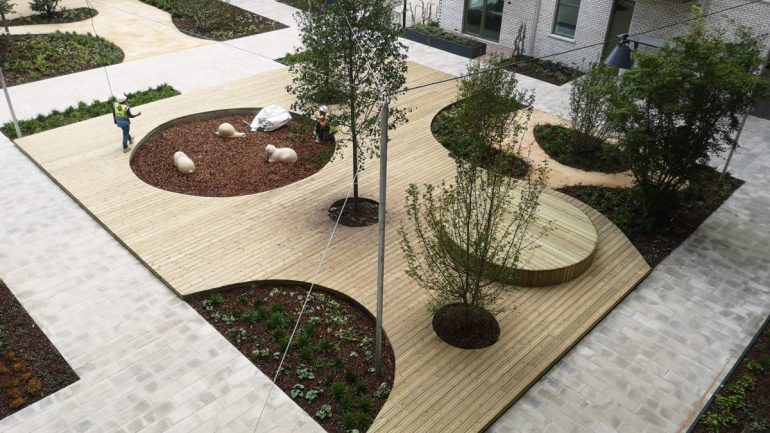The environmental benefits of using wood in construction are compelling. Managed properly and from certified sources, trees provide a renewable material that absorbs and stores (sequesters) carbon. At the end of its life timber can be reused in a cascading process of uses, recycling or recovery of energy.
Enhancing durability and performance
Using more wood is great – however in terms of longevity or performance, some species may need additional help. By using industrially applied preservative treatments or wood modification, the service life of less durable softwoods can be improved – reducing pressure on the more naturally durable, scarcer and higher value species. And flame retardants for timber, which reduce the surface spread of flame, heat and smoke release in a fire situation, provide vital extra time for a safe escape where required.
The additional energy input of pre-treated wood production is comparatively low. The treatment industry is highly regulated and today’s products and processes are better targeted towards the factors we wish to control with less impact on the wider environment.
Ensuring fitness for purpose
Not-for-profit and independent, the Wood Protection Association (WPA) acts as a technical and advisory body – providing free guidance to specifiers, contractors, engineers and architects on the best ways to ensure wood is fit for its intended purpose.
Learn more about timber treatments and the work of the WPA and its members here: www.thewpa.org.uk



